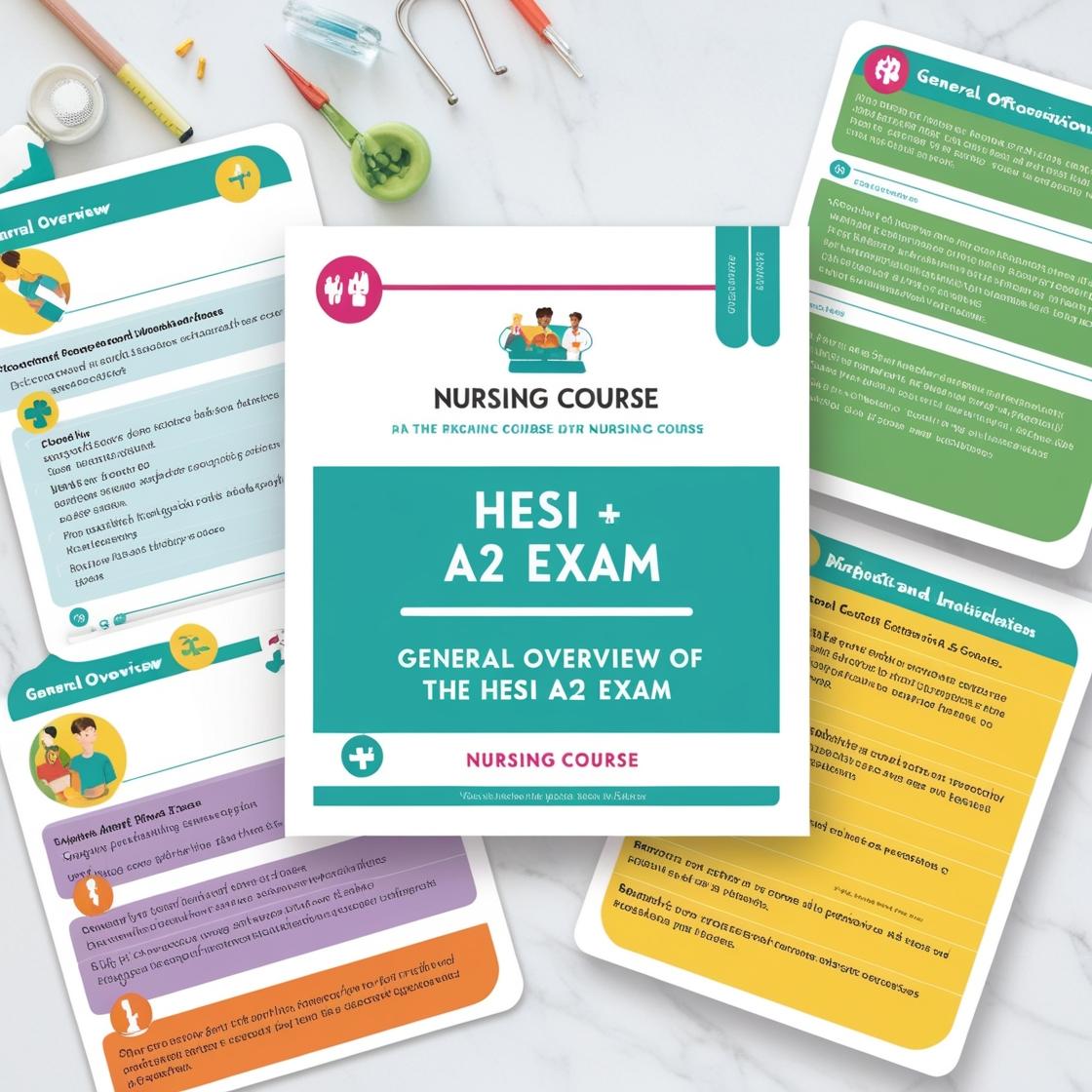HESI A2
HESI A2 Math Practice Test 2024
1. How many gallons are in 3 fluid ounces?
- A. 0.0234 gallons
- B. 0.5 gallons
- C. 0.38 gallons
- D. 0.12 gallons
Correct answer: A
Rationale: To convert fluid ounces to gallons, you need to divide the number of fluid ounces by 128 because there are 128 fluid ounces in 1 gallon. Therefore, 3 fluid ounces ÷ 128 equals approximately 0.0234 gallons. Choice A is correct. Choice B (0.5 gallons) is incorrect as it is equivalent to 64 fluid ounces, not 3. Choice C (0.38 gallons) and Choice D (0.12 gallons) are also incorrect conversions of 3 fluid ounces to gallons.
2. Ratio and proportion: 6:10=24:x
- A. 40
- B. 25
- C. 240
- D. 4
Correct answer: A
Rationale: To solve for x, use cross-multiplication: 6x = 10 x 24 6x = 240 Now, divide both sides by 6 to find x: x = 240 / 6 = 40 Therefore, the correct answer is A. 40. Choice B, 25, is incorrect because it does not satisfy the proportion. Choice C, 240, is incorrect because it represents the value that is given in the proportion and not the value of x. Choice D, 4, is incorrect as it does not align with the correct calculation for x.
3. Solve for x if x=11. x+(44/2x)
- A. 2.5
- B. 33
- C. 55
- D. 13
Correct answer: A
Rationale: Substitute x=11 into the expression: 11 + (44 / 2*11) = 11 + (44 / 22) = 11 + 2 = 13 Therefore, the correct answer is 13. Choice A (2.5) is incorrect as the correct result is 13, not 2.5. Choice B (33) is incorrect because it does not result from the given expression. Choice C (55) is incorrect as it does not match the calculated value. Choice D (13) is incorrect because the correct solution is 13, not 2.5.
4. Find the value of x if x:15=120:225.
- A. x=8
- B. x=10
- C. x=6
- D. x=12
Correct answer: A
Rationale: To solve x:15=120:225, set it up as a proportion: x/15 = 120/225. Simplify the right-hand side: 120/225 = 8/15. Now, solve for x by cross-multiplying: x = 8. Therefore, the correct answer is A. Choices B, C, and D are incorrect as they do not align with the correct calculations.
5. 12 is a/an:
- A. even number
- B. odd number
- C. prime number
- D. composite number
Correct answer: A
Rationale: Rationale: - An even number is an integer that is exactly divisible by 2, meaning there is no remainder when divided by 2. - The number 12 can be divided by 2 evenly, as 12 ÷ 2 = 6, with no remainder. - Therefore, 12 is classified as an even number.
Similar Questions

Access More Features
HESI A2 Basic
$89/ 30 days
- 3,000 Questions with answers
- 30 days access @ $89
HESI A2 Premium
$129.99/ 90 days
- Actual HESI A 2 Questions
- 3,000 questions with answers
- 90 days access @ $129.99
